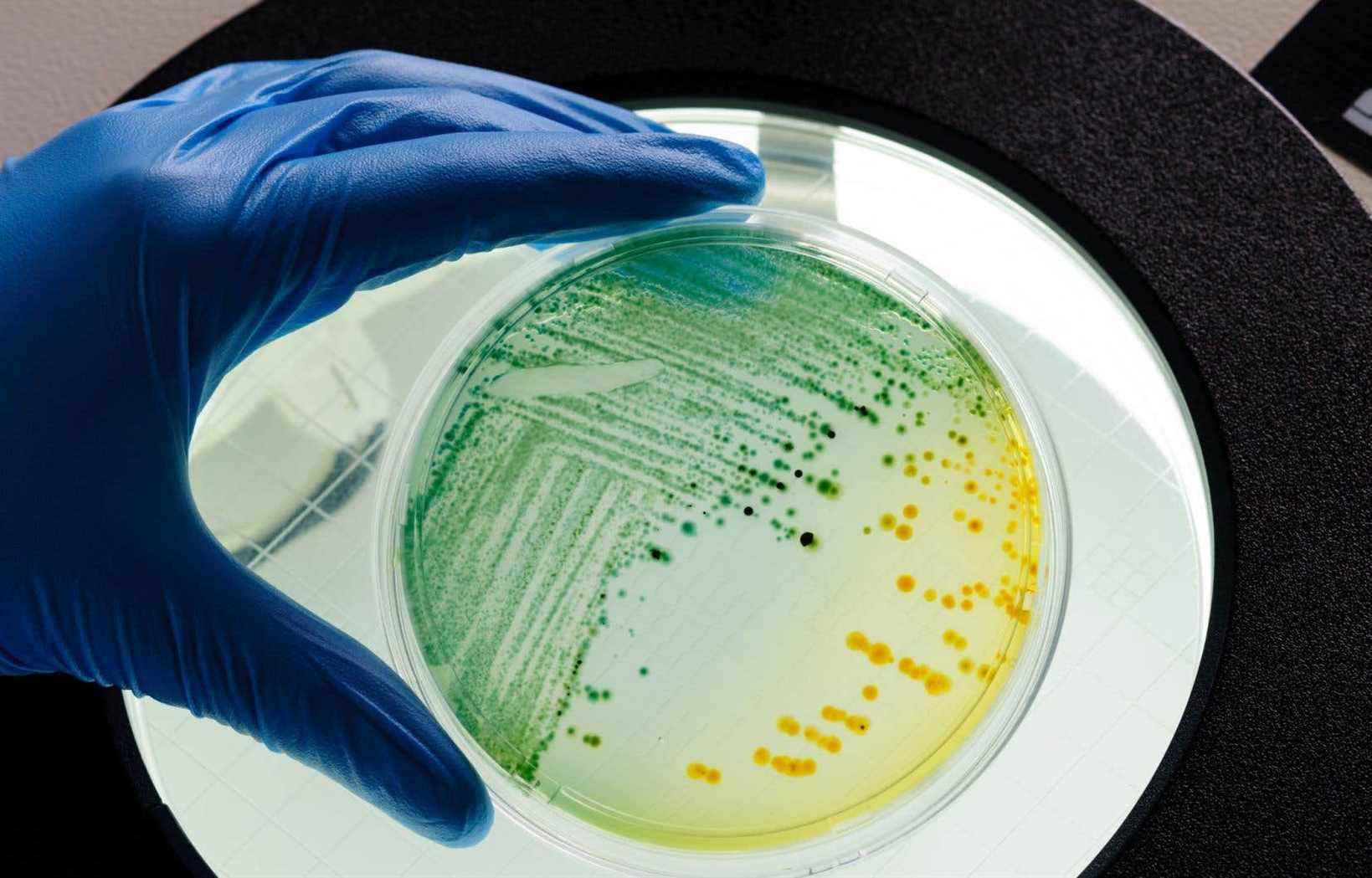This text is part of the special Research section
Recurrent UTIs affect millions of people, especially women. They are often caused by bacteria Escherichia coli (E.coli), which can be resistant to antibiotics. A team of researchers from the National Institute for Scientific Research (INRS) succeeded in weakening it by targeting an RNA sequence. Their work could make it possible to fight other bacteria.
A quarter of women have a UTI again within six months of their initial diagnosis and up to half of women within a year, even after microbial treatment. “Repeated antibiotics are problematic because they can displace the gut microbiome and cause side effects,” says Charles Dozois, professor of microbiology and immunology at INRS. Furthermore, repeated courses of antibiotics can also increase the presence of strains that become resistant in the intestinal flora.
Professor Dozois worked with doctoral student Hicham Bessaiah to understand the virulence mechanism of the bacterium E.Coli, which is responsible for the vast majority of urinary tract infections. During their work, they discovered the key role of a small regulatory RNA sequence, different from its messenger cousin, which we have become familiar with.
“It’s an RNA sequence that doesn’t yield proteins, unlike messenger RNA. It regulates the bacterium’s response depending on the environment in which it finds itself, which is why it is called a regulatory RNA”, explains Hicham Bessaiah.
Bacteria’s anti-stress
The INRS research team has published its results in the journal PLOS Pathogens in May 2021. “We demonstrated for the first time the importance of regulatory RNA for the survival capacity of the bacterium E.coli, which allows it to cause a urinary tract infection”, underlines Charles Dozois. In passing from the intestine to the bladder, this bacterium must adapt quickly to significant stresses, in particular the immune reaction of the host and variations in salt concentration.
“For a microbe, such an environmental change is comparable to that of a human going from the forest to a desert”, launches the professor.
The small regulatory RNA therefore acts as a “stress management gene” of the bacterium E.coli, according to the researchers who then observed the importance of the ryfA regulatory RNA sequence in vivo (in mice) and in vitro. “We injected the mutated bacterium into mice and watched what happened 48 hours later in their bladders and kidneys, comparing it with the parent bacterium.” They were able to observe that the mutated bacterium was no longer able to infect the mice. “Deprived of this regulatory RNA sequence, it adapts less well to changes and becomes attenuated, less virulent”, describes Charles Dozois.
Greater potential
The two researchers are continuing their research to understand which genes interact with this regulatory RNA and to identify the most determining sources of stress in infection. “We are adopting a global approach which could enable us to collect information that is relevant both to human health and to biology in general”, stresses Charles Dozois.
Their work would indeed make it possible to fight other bacteria that also affect animals (and ultimately humans through food). This is the case, for example, of the bacterium Salmonella, which can cause gastroenteritis, but also typhoid and paratyphoid fevers. “This bacterium is part of the Enterobacteriaceae family, which all contain a gene very similar to this regulatory RNA. They have not yet been studied for their infectious role, but there is a good chance that they will play the same role in stress management”, anticipates Charles Dozois.
The bacterium Klebsiella pneumoniaeresponsible for respiratory and nosocomial infections, is also one of those Enterobacteriaceae sharing a similar regulatory RNA.
If the therapeutic potential of this research is confirmed, the path will still be long to lead to treatments.
“Approaches are beginning to be developed to alter a bacterium in vivo during an infection or to administer blocking RNAs called “antisense” to patients. We could thus reduce the bacterium’s ability to manage stress, but also make it more sensitive to antibiotic treatments with a combined approach,” predicts Charles Dozois. Bacteria better watch out, the battle with regulatory RNA has only just begun.
